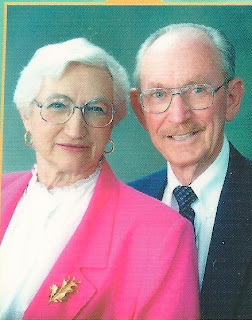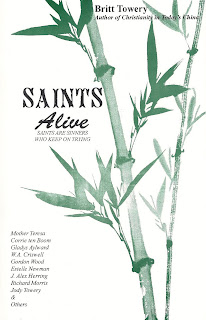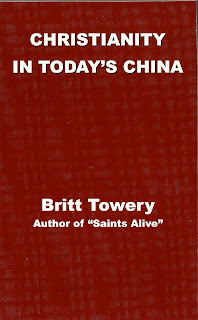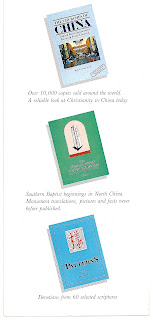
As far back as I can remember I have had a fascination for the country of Burma. Reading Courtney Anderson’s “To the Golden Shore,” the life of Adoniram Judson had a lot to do with this interest.
The year 1812 is famous not only for a second war with Britain and Tchaikovsky’s famous overture, but it was also the year Adoniram Judson began his missionary work in Burma.
When I met Jesse Kidd, a retired missionary to Brazil, my interest in him grew more when I learned he was a World War II veteran in the fight to keep the Burma Road open for our allies in China.
Weeks after Japan’s attack on Hawaii’s Pearl Harbor, they stuck at Hong Kong, the Philippines and Burma in their attempt to rule Asia and eventually the world.
Down in the Burma jungles, on the southwest border with China, Jesse Kidd remembered: “January 19, 1945 at 5:30 a.m. we were approaching the Burma Road. We had been working our way on foot through the trackless jungle for 36 sleepless hours to reach our target.
“We were just getting into position when the enemy opened fire on us. The trooper next to me took a direct hit, and I was splashed with his blood. Why the sniper stopped shooting, I do not know.”
Jesse still asks the question of why his buddy was killed and he was spared. The gruesomeness of war stays locked in his mind, causing countless nightmares. “In my mind I am still holding my position, but I am running out of ammunition.”
Jesse asks, “how does one write about something he has tried to forget from sixty years ago?” He was on the burial detail. “Trooper was the first one buried that day. One by one we wrapped our fallen comrades in their GI blankets and buried them just a few hundred yards from the Burma Road.”
He continues, “Those young men were just out of high school. I have tried to find out if their remains were ever brought home, and I got no satisfactory answer.
The long countless nights, hunger and total exhaustion were part of the price for victory. “God alone has been my Rock.” Jesse said.
The Americans, under General Vinegar Bend Stillwell, fought their way from Indian territory (now Bangladesh) through swamps, mountains, monsoons and typhoons to clear the road and Burma of the Japanese.
Until the road was cleared Air Transport Command planes flew from Allied bases in Assam, India to Kunming, China, to supply Chiang’s army and the American Flying Tigers outfit.
The flight over the Hump took them over the Himalayan Mountains. The five-hour, 700-mile trip was considered one of the most dangerous in the war. Not counting the freak winds and unpredictable turbulence, C-47s were not designed to fly at 20,000 feet. Later, larger planes made the run. Supplies were also dropped for the troops in Burma. By the end of the war, the Hump pilots had flown 777,000 tons of supplies to keep China fighting, with the loss of 910 men.
Down in the Burma jungles, Jesse Kidd writes “January 19, 1945 at 5:30 a.m. we were approaching the Burma Road. We had been working our way on foot through the trackless jungle for 36 sleepless hours to reach our target.
“We were just getting into position when the enemy opened fire on us. The trooper next to me took a direct hit, and I was splashed with his blood. Why the sniper stopped shooting, I do not know.”
Jesse still asks the question of why his buddy was killed and he was spared. The gruesomeness of war stays locked in his mind, causing countless nightmares. “In my mind I am still holding my position, but I am running out of ammunition.”
Jesse asks, “how does one write about something he has tried to forget from sixty years ago?” He was on the burial detail. “Trooper was the first one buried that day. One by one we wrapped our fallen comrades in their GI blankets and buried them just a few hundred yards from the Burma Road.”
He continues, “Those young men were just out of high school. I have tried to find out if their remains were ever brought home, and I got no satisfactory answer.
The long countless nights, hunger and total exhaustion were part of the price for victory. “God alone has been my Rock.” Jesse said.
After the war the American soldiers moved into Kunming, Yunnan province, China. From there to Shanghai where, when each soldier had enough points, they returned home by ship. While in Shanghai Jesse attended Christmas services in the Moore Memorial Methodist Church on Tibet Road. (Now the Mu En Church, first in Shanghai to be re-opened in 1979 following the tragic Cultural Revolution.)
The Arkansas youngster, Jesse Lee Kidd, was a 22-year old war veteran by the time he got home. After graduation from Ouachita Baptist University he pastored the Ebenezer Baptist Church in El Dorado, Ark., while in seminary. The church saw him through seminary and supported him as a single missionary in Brazil. He became pastor of the Central Baptist Church of Volta Redonda, in Brazil’s interior.
In Brazil, Jesse met Nebraska farm girl, Wilma Alice Gemmell. She was a former Assistant Dean of Women and graduate of Howard Payne University, later became secretary to Juliet Mather, writing, editing and overseeing Southern Baptists’ Women’s Missionary Union publications. Her first foreign missions experience was in the financial offices of the SBC Brazil Mission in Rio de Janeiro.
Their courtship was somewhat long distance at first. She lived in Rio and he was a long bus ride away in the interior. Jesse and Wilma Alice were married later in the States. They then served as Southern Baptist missionaries in Brazil until retirement in 1989.
Their autobiography, “The Kidds of Brazil,” Morris Publishing (1999), Kearney, Nebraska, is presently out of print. They now live at Baptist Memorials, San Angelo, Texas. They are still in good health and active in the First Baptist Church, San Angelo, Texas. Their e-mail address: jessewilmakidd@suddenlink.com.





